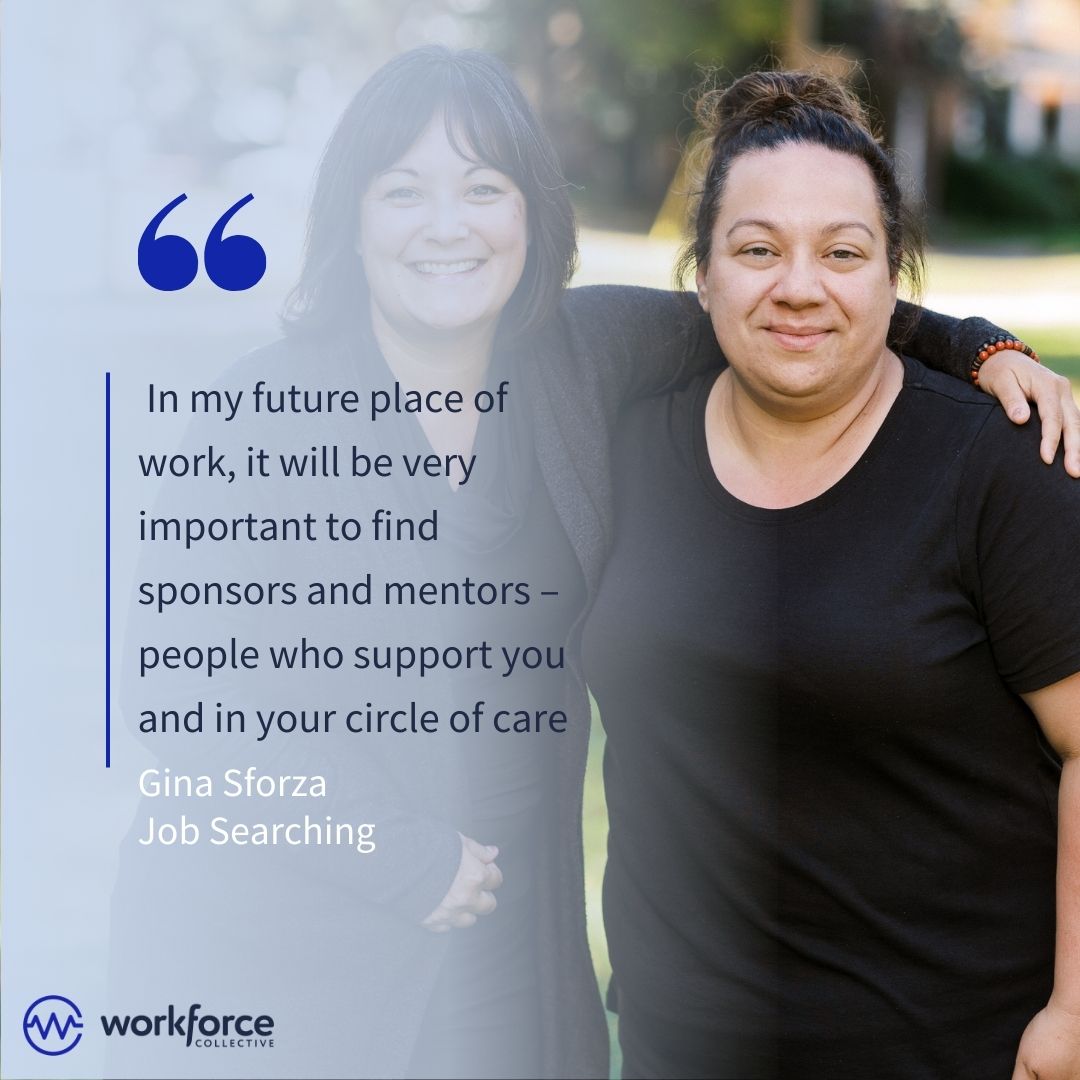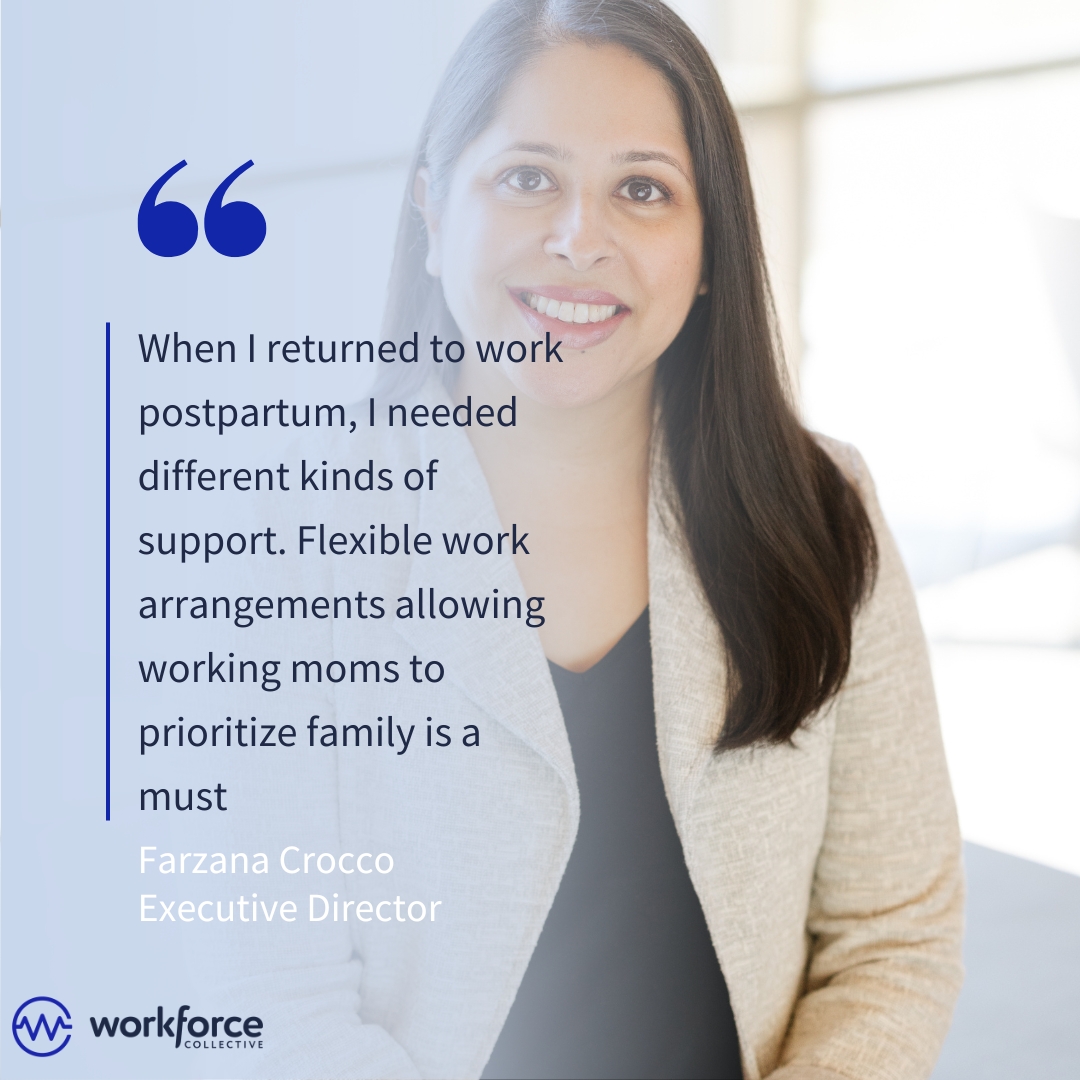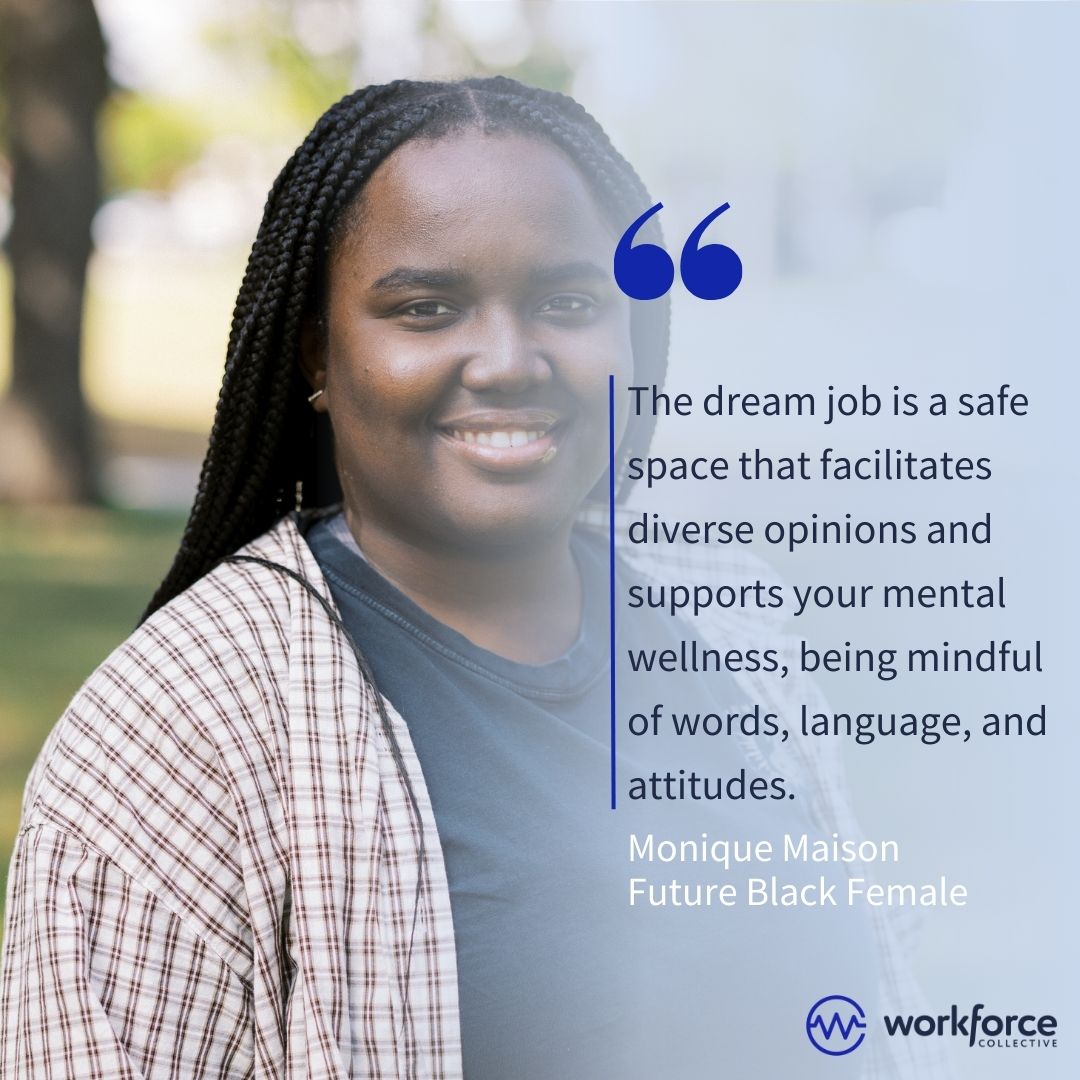Over the course of March (#WomensMonth), we highlighted some experiences of local women who are navigating through work. From job seekers to Executive Directors, each woman’s story is uniquely theirs, yet they share the common theme that men and women have different needs and experiences in work.
For example, during the COVID-19 pandemic, employment losses were seen more significantly for women than men. As our economy recovers, women’s participation rate continues to lag that of men’s. To help understand what actions employers (people leaders, HR personnel, business owners) can take to enable better employment outcomes for women, we conducted the HEAR (Healthy Employee Attraction & Retention) study. Part of this research entailed surveying 184 job seekers and workers in Niagara*.
The women we surveyed indicated that having mental health and wellness strategies in the workplace was Number 1 in attracting them to their current job. Mental health and wellness strategies can mean a number of things like, mental health supports and training, employee assistance programs, absence/leave policies and return to work accommodations, and community support/information.
Another important job attraction factor women noted was connection opportunities– one piece of the puzzle that helps contribute to an inclusive workplace. Gina Sforza, a caregiver for most of her life, said, “In my future place of work, it will be important to find sponsors and mentors… people who support you and are in your circle of care.” Having a workplace that encourages employees to champion and support each other can contribute to a greater sense of community and belonging in the workplace, and more meaningful work overall.

For Farzana Crocco, the Executive Director at Brock LINC, her life and the way she worked changed when she became a mother. She said, “When I returned to work post-partum, I needed different kinds of support. Flexible work arrangements allowing working moms to prioritize family is a must.” Flex work, or flexible work, encompass arrangements like hybrid work-from-home/work-from-anywhere models and output driven work (or hours not tied to the traditional 9am-5pm shifts). The flexibility in an employee’s location and working times, allows for better work-life balance and integration.
Supporting employee mental health and wellness can also happen through employer-led inclusion efforts. Monique Maison, like so many other women who shared via the survey and in our focus group, wants to work in an environment where diversity is embraced, and protective mechanisms are in place to discourage disrespectful or biased behaviours at work. She said that her “dream job is a safe space that facilitates diverse opinions and supports mental wellness, being mindful of words, language, and attitudes.”
There are many ways employers can attract, retain and enable women to work– encouraging mentorship, agreeing on flexible work arrangements, and leading diversity & inclusion strategies are just a few. Learn more in our How to attract, retain and engage talent blog.
*Note: these trends don’t reflect data for all women in Niagara’s workforce.

